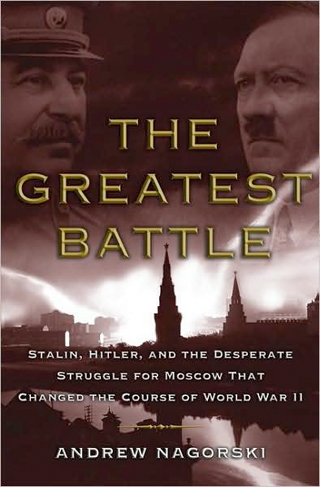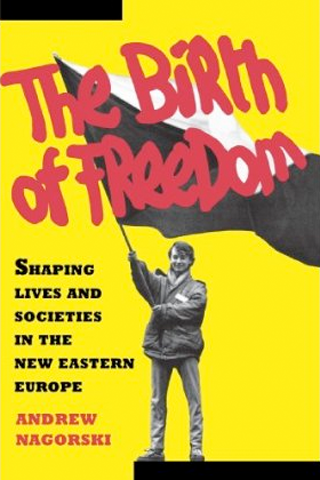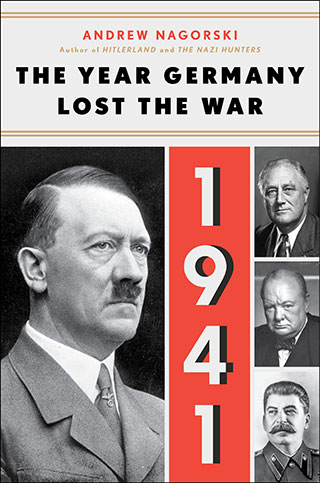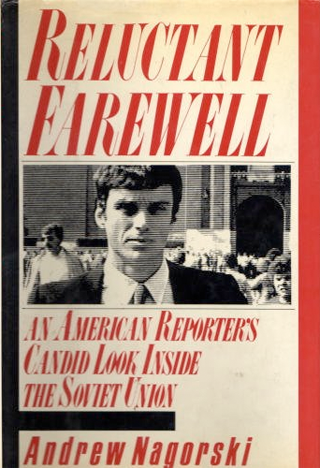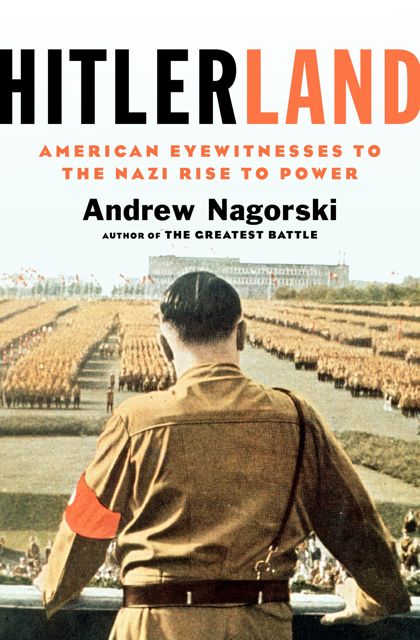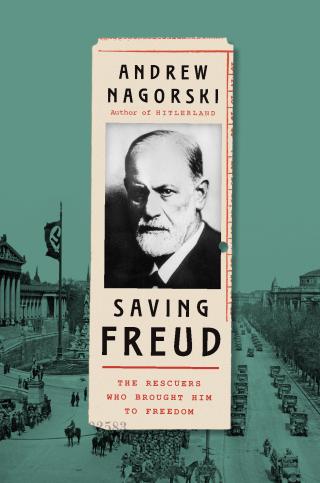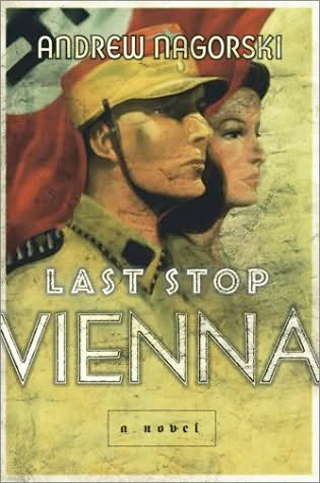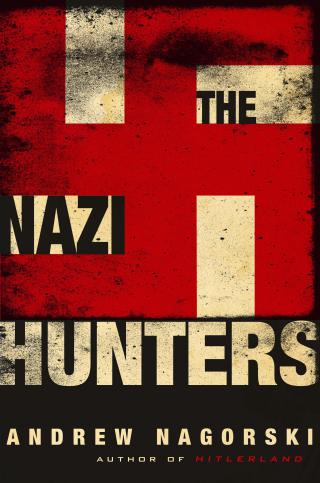Rediscovering the tragic story of a great Polish revolutionary.
Maybe it had something to do with the difficulty of spelling Thaddeus Kosciuszko's name: after all, George Washington wrote it 11 different ways in dispatches and letters before he finally got it right. Maybe it had to do with the more glamorous reputation of the Marquis de Lafayette, another European who joined the American revolutionary cause. Or with the fact that another Pole in the Continental Army, Casimir Pulaski, perished glamorously in battle. Whatever the reason, Kosciuszko has long failed to get the recognition he deserves.
Until now. Alex Storozynski has just published "The Peasant Prince: Thaddeus Kosciuszko and the Age of Revolution," a sweeping, colorful, and absorbing biography that should restore Kosciuszko to his proper place in history. President of the Kosciuszko Foundation, which promotes Polish-American educational exchanges, Storozynski is also a Pulitzer Prize–winning journalist who knows how to tell a good story. In his account, Kosciuszko—as soldier in America and then a revolutionary in his homeland— exemplified some of the best ideals of his era. He also experienced some of its worst betrayals and disappointments.
His hero was born into an aristocratic but impoverished Polish family. After showing artistic talent at his local school, Kosciuszko won a spot in the inaugural class of the nation's first military academy, the Royal Knight School, with the sponsorship of a powerful prince. After studying art and military engineering in Paris, this promising beginning was almost derailed after Kosciuszko attempted to elope with the daughter of another wealthy Polish nobleman. The getaway failed—the father's guards intercepted and beat the young suitor—and Kosciuszko had to flee for his life. In August 1776, he arrived in Philadelphia, eager to join the American Revolution.
His first assignment was to design the fortifications at West Point, which George Washington saw as key to protecting the Hudson River. In contrast to the French engineer Louis de la Radiere, who seemed mostly interested in ensuring his own promotion, the Polish colonel immediately began mapping a strategy to fortify the high ground, and worked side by side with the rebels to get the job finished. His hard work was almost undone by Benedict Arnold, who famously tried to sell the plans to the British. But Arnold failed and the British never took West Point. Kosciuszko also contributed to the planning for the Battle of Saratoga, a crucial turning point in the war.
As Storozynski tells it, Kosciuszko met with plenty of frustrations as well as victories. The Pole was sometimes caught in petty infighting among American generals, and out of respect for his engineering skills, Washington refused to let him fight until late in the war. Kosciuszko also suffered great disappointment with women. Able to play the piano, sing in French and paint, Kosciuszko was a hit with American females, who, he reported, would "kiss me half a dozen times each" when begging him to paint their portraits. But the women he truly favored were always unavailable, and Kosciuszko would eventually die a bachelor.
After serving seven years in the Continental Army, Kosciuszko returned to Poland eager to promote the cause of liberty there—not just for his fellow nobles, but also for serfs and Jews. A true progressive for his time, Kosciuszko had opposed slavery in America and was joined by a free black man named Jean Lapierre when he carried the fight to Poland, then threatened by Austria, Russia and Prussia. As vividly depicted by Storozynski, Kosciuszko quickly found frustration in his new struggle. Scheming Polish nobleman conspired against him, and the Russians crushed the national uprising he led. In 1795, Poland was divvied up and wiped off the map. Badly wounded in battle, Kosciuszko was imprisoned by Catherine the Great, although he was ultimately freed by her son in 1796, after Catherine's death.
More disappointments soon followed. As an exile in France, Kosciuszko watched with mounting exasperation as Napoleon enlisted younger Poles to fight in his Grande Armée—only to quickly renege on his promise to reward them with Poland's independence. Nor was this to be the old revolutionary's last setback. Before dying in Switzerland at 71, Kosciuszko willed his estate to be used to buy the freedom of the slaves of his old friend Thomas Jefferson. But the author of the Declaration of Independence wasn't eager to cooperate, and competing lawsuits eventually doomed the effort. Emancipation was "a controversial idea ahead of his time," Storozynski writes—just, as this stirring biography makes clear, like the man himself.


